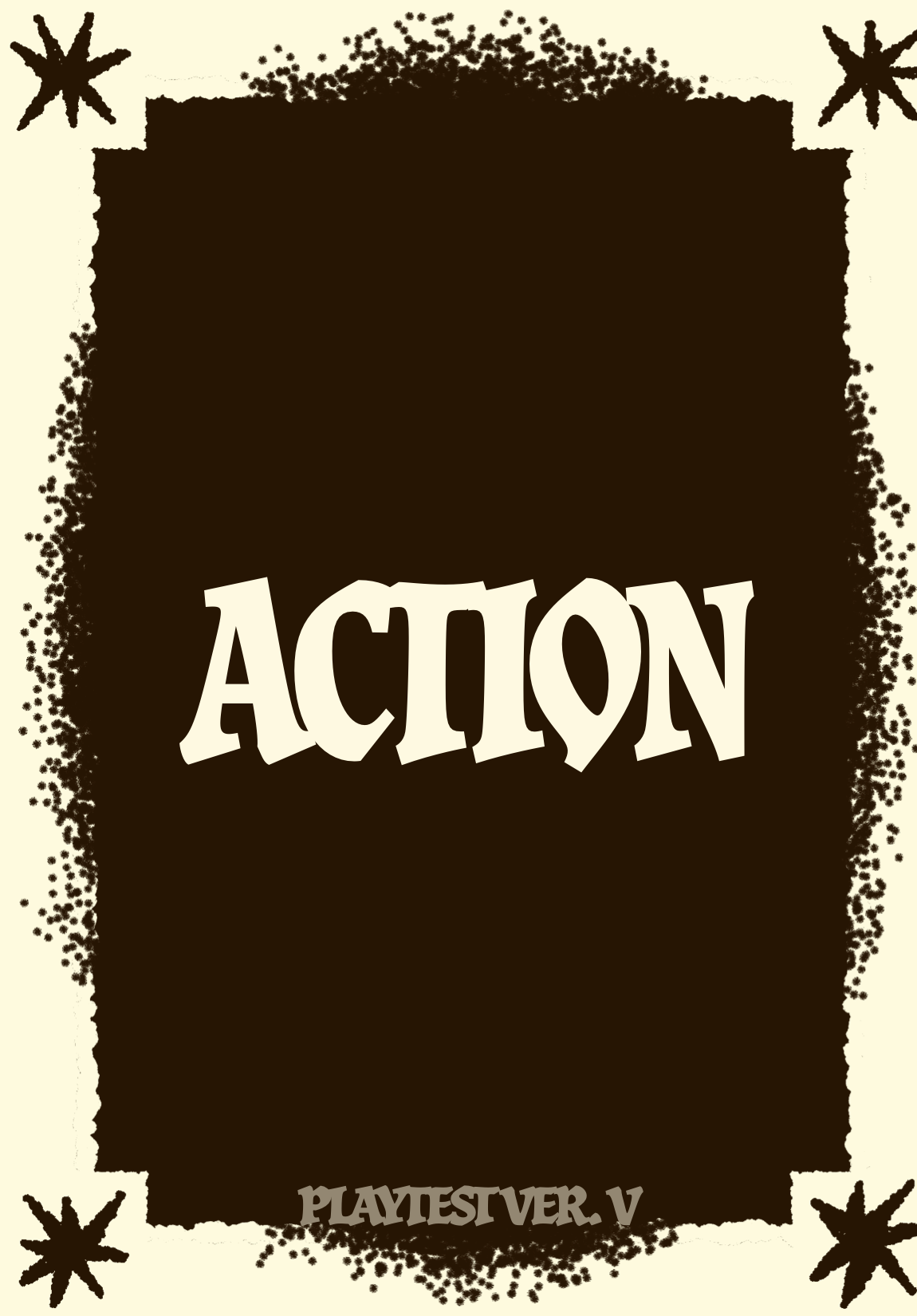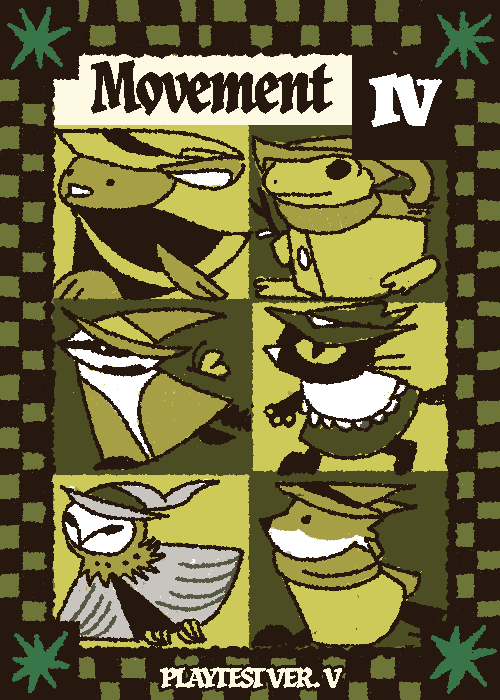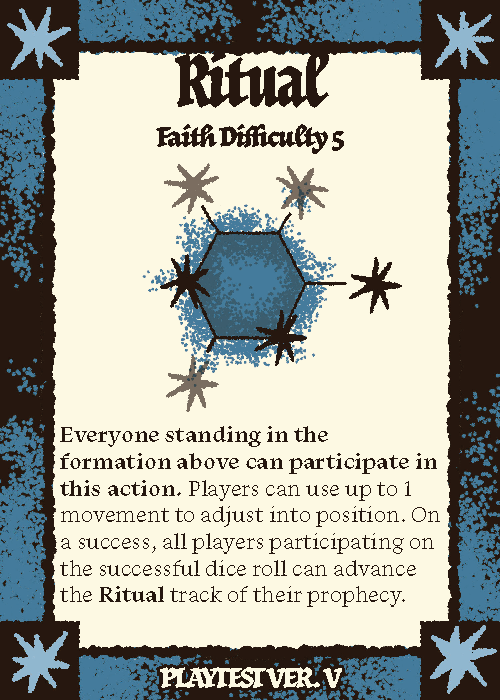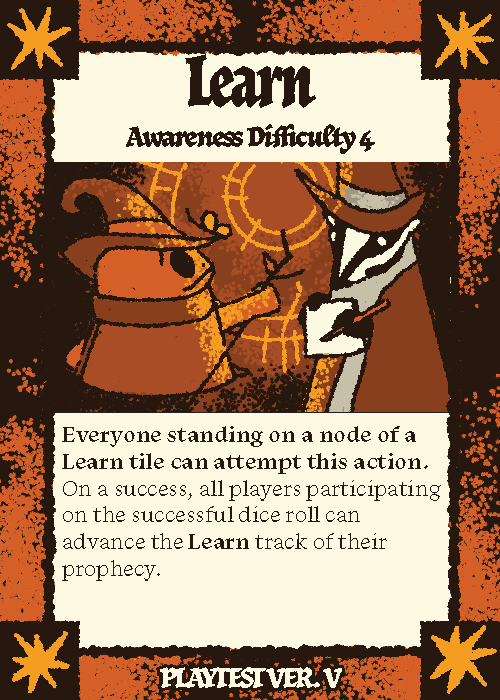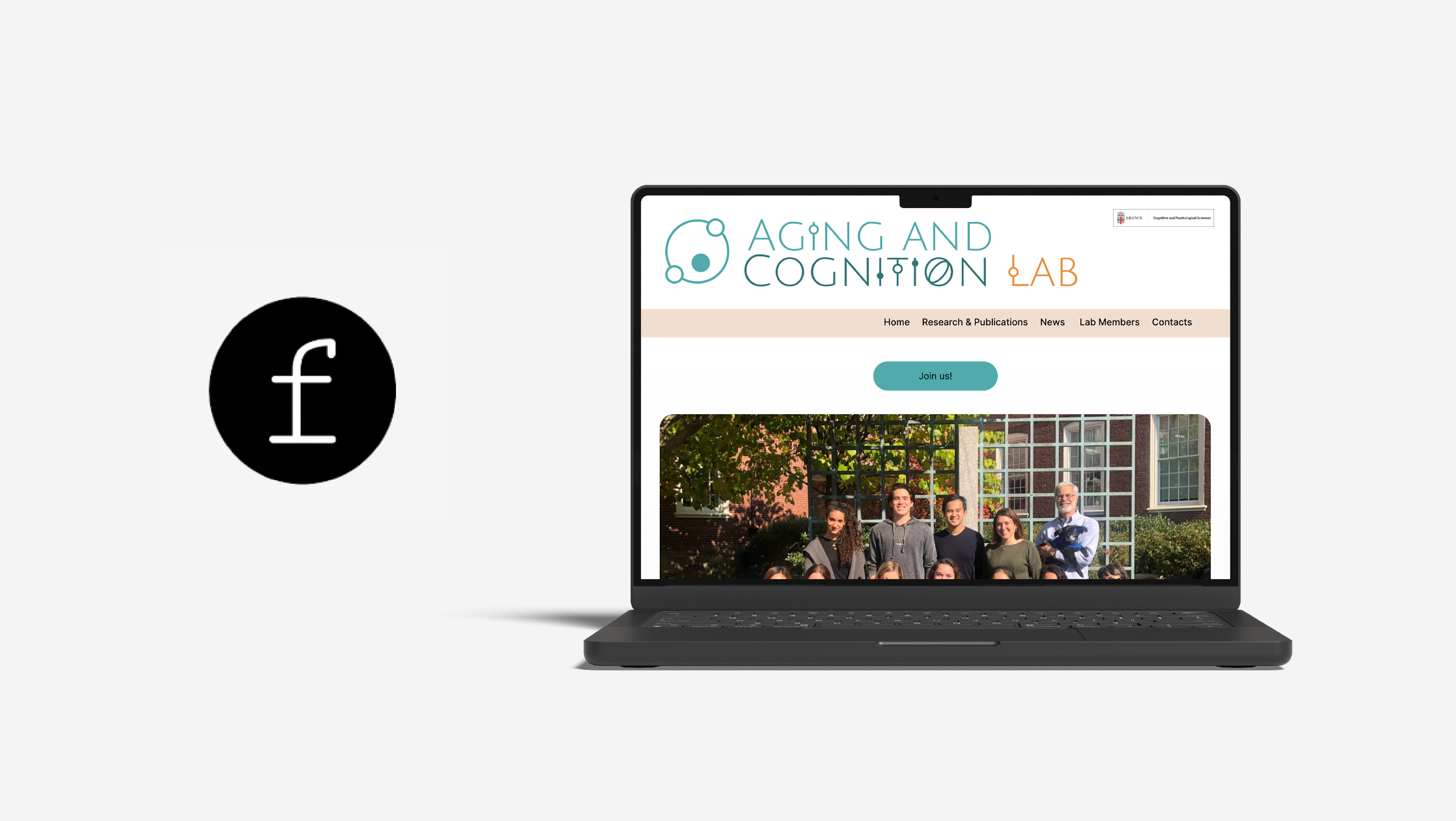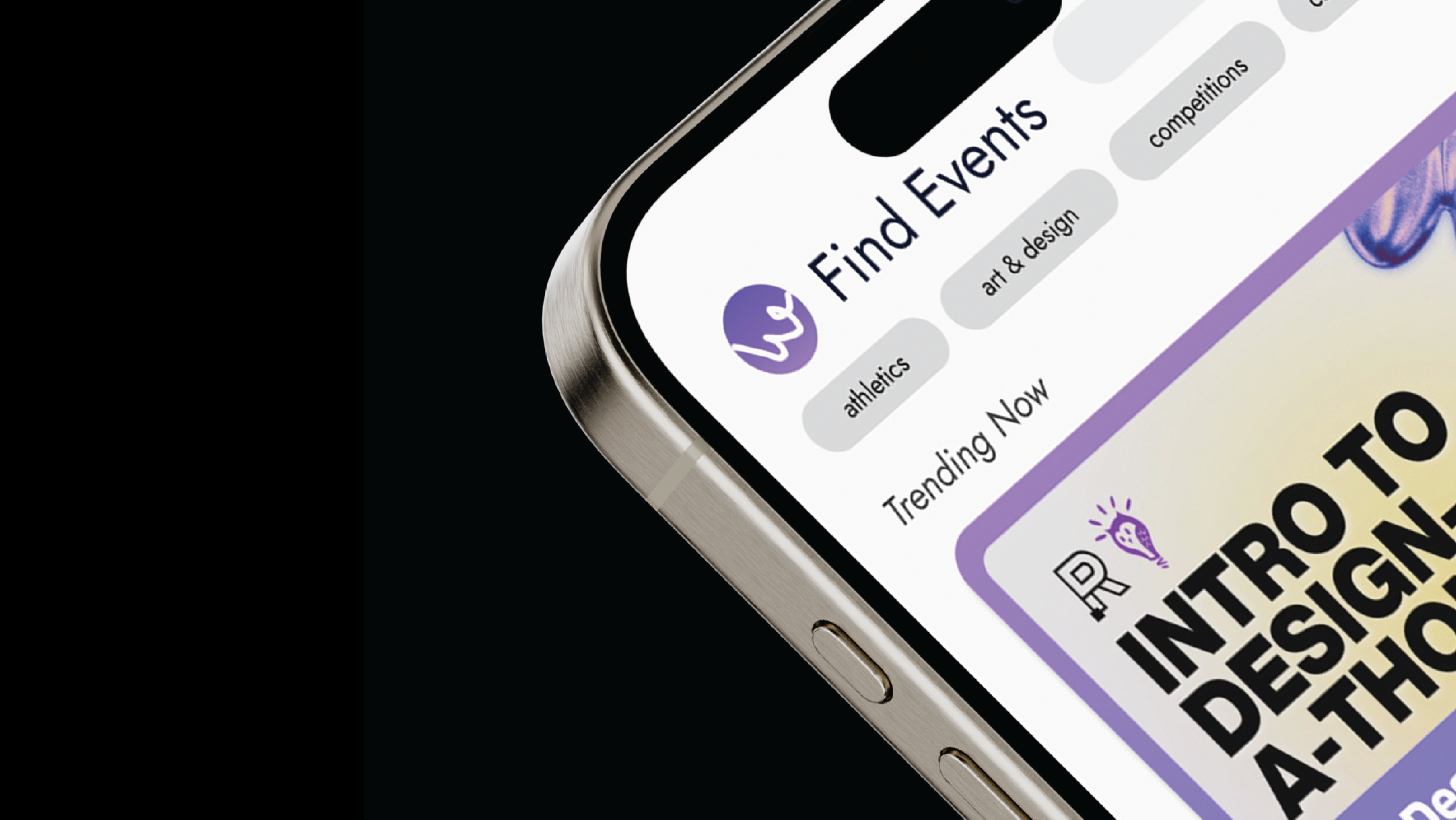The Magic Circle
Designing Games for Community Collaboration SEP 2024 - NOV 2024
Group Project: Cindy Li, Hrishita Acharya, Francesca Golden
Skills
User Testing, Prototyping, Modeling, Ideating
Tools
Miro, Procreate, Laser-cutting, Photoshop, Illustrator, InDesign
Keywords
Game Design | Designing for Community Engagement
Background
This project explores the potential of tabletop games as a medium for cultural expression, collaborative creativity, and critical design thinking. Through a human-centered and culturally aware approach, participants will design and fabricate an original tabletop game that fosters meaningful interactions while addressing social, cultural, and environmental complexities.
Concept
The game was designed in response to the question: how do community organizations lead themselves? Game play progresses through collective decision-making, requiring players to balance personal goals with group priorities while managing time and resources. It introduces urgency, conflict, and resentment, allowing players to practice resolving interpersonal challenges under pressure.
In the semi-cooperative board game "The Magic Circle" You play as a group of witches completing trials to save your coven and become its next leader. As the game board is consumed by angry spirits of witches past, players race to fulfill their own prophecies, while working together to complete the Magic Circle and save the coven.
The game is designed to introduce cooperative practices to a player base of pre-teen and up in educational as well as non-educational contexts. With the non-hierarchical group decision making mechanics, and stress + resentment mechanics in the game, the game can specifically help simulate representative-democratic community organizations. Often working with limited resources, various personal interests, high pressures, and high stakes, making collective decisions in non-hierarchical structures can be frustrating and difficult. "The Magic Circle" offers a fictional space to practice conversations of conflict resolution.
Key Game Elements: Group discussion, deliberation, voting, movement strategy, risk assessment, dice rolling
Community Challenge: Leadership
Value to the community: Practicing leadership qualities in complex decision-making situations
Creating the game
The process of figuring out the gameplay and physical board gameplay is as follows: We create different levels of difficulty allowing players to personalize their games (beginner level, intermediate, and difficult) that also relates to different playing behaviors.
Edge Avoidant: best for beginners since it allows for a more spread-out layout
Symmetrical: best for collaborative movement, colored tiles are evenly placed
Concentrated at Center: creates sense of delayed urgency for players to move towards the middle (to win)
Concentrated at Edge: (most difficult) creates sense of urgency for players to win ASAP
Randomly scattered: created asymmetrical players, creating variety in each player's route to the middle
Community Playtesting
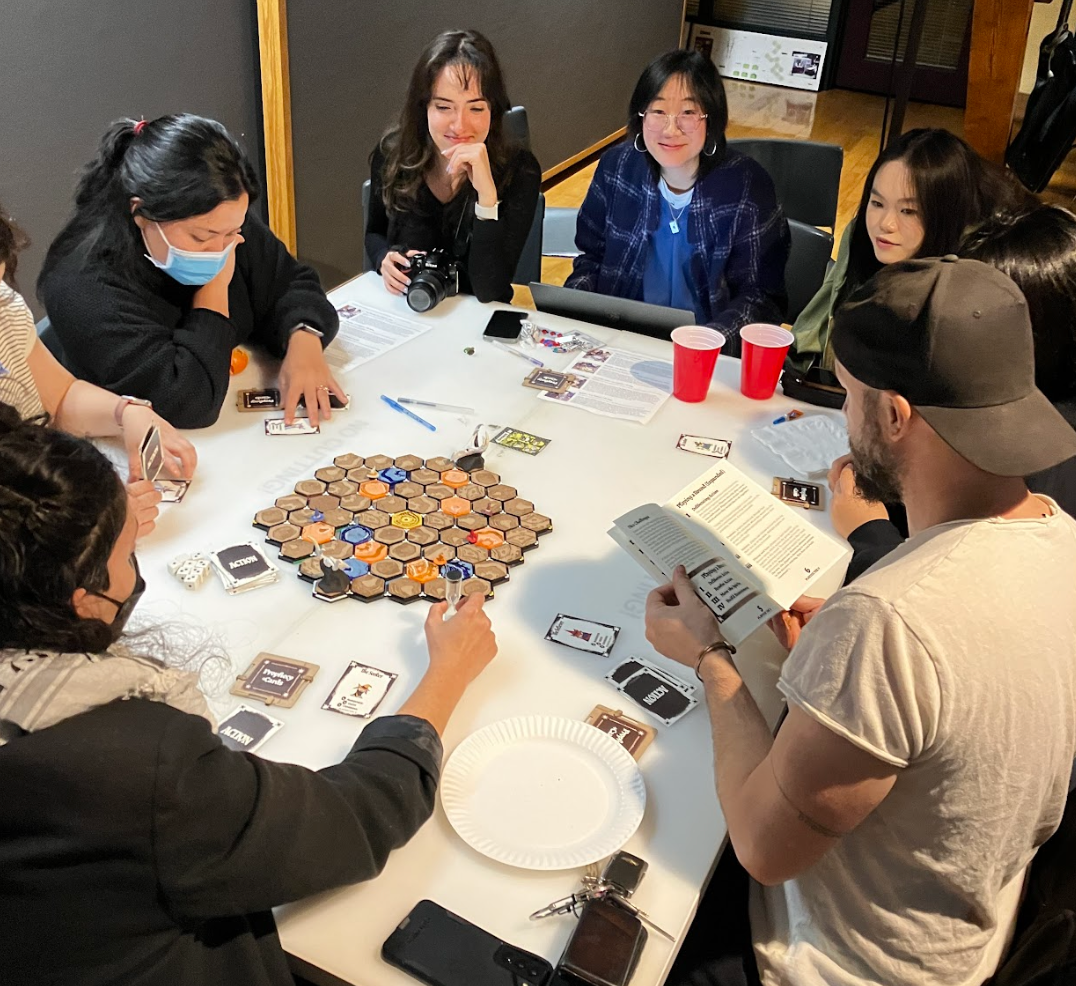
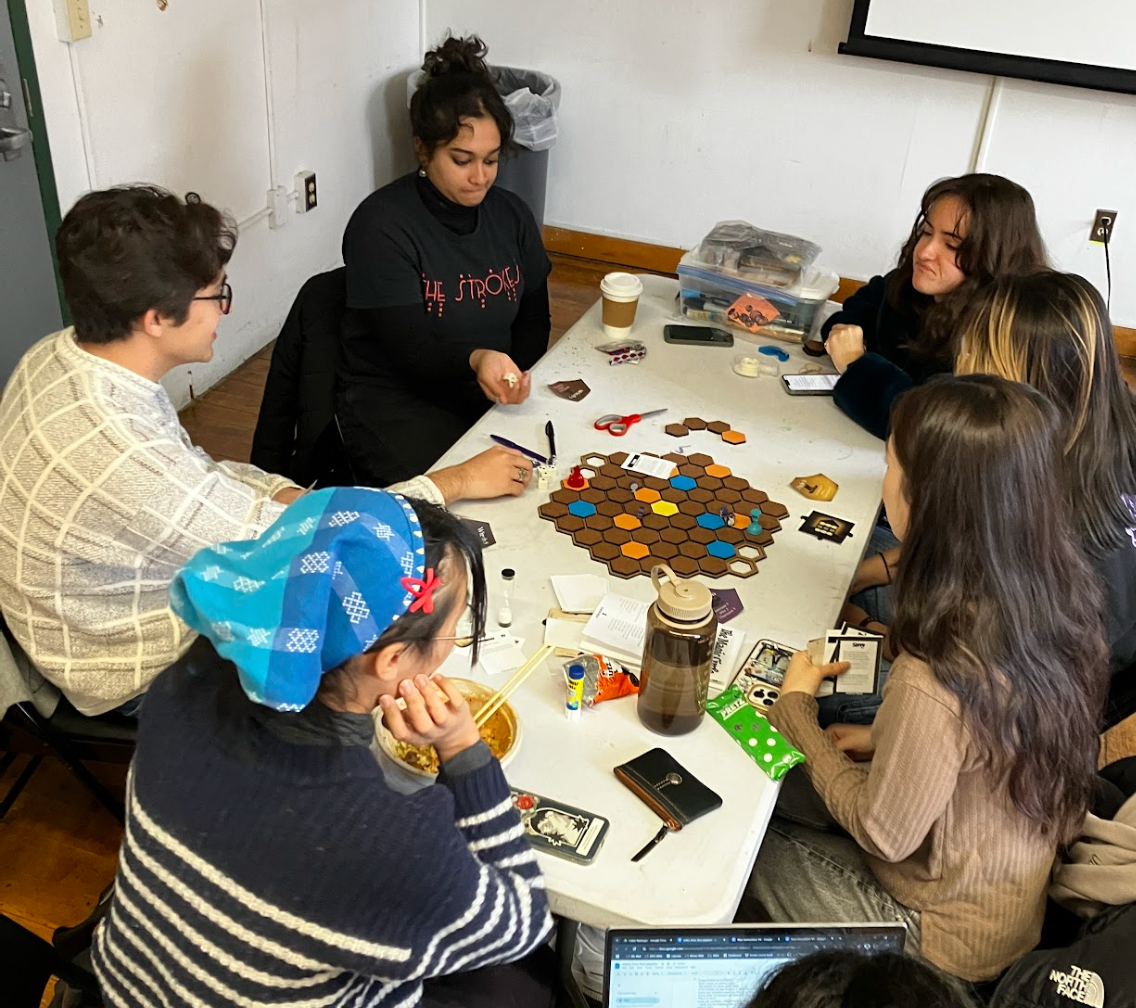
Our biggest struggles:
Simplifying the gameplay/creating more mechanics that make the game run
Creating clear instructions for people to follow
Solidifying a unique asymmetrical gameplay for each player
Diversifying player action options
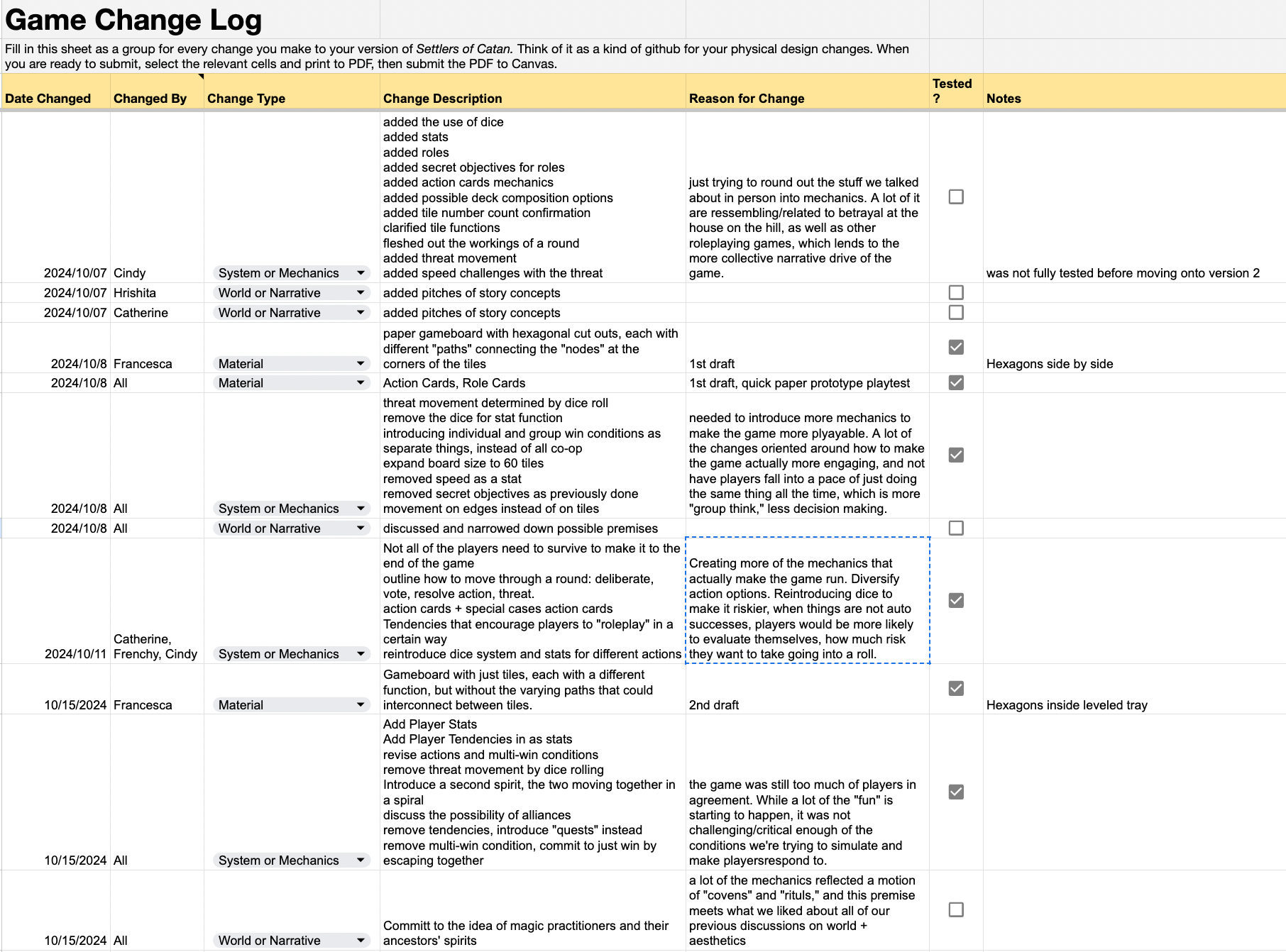
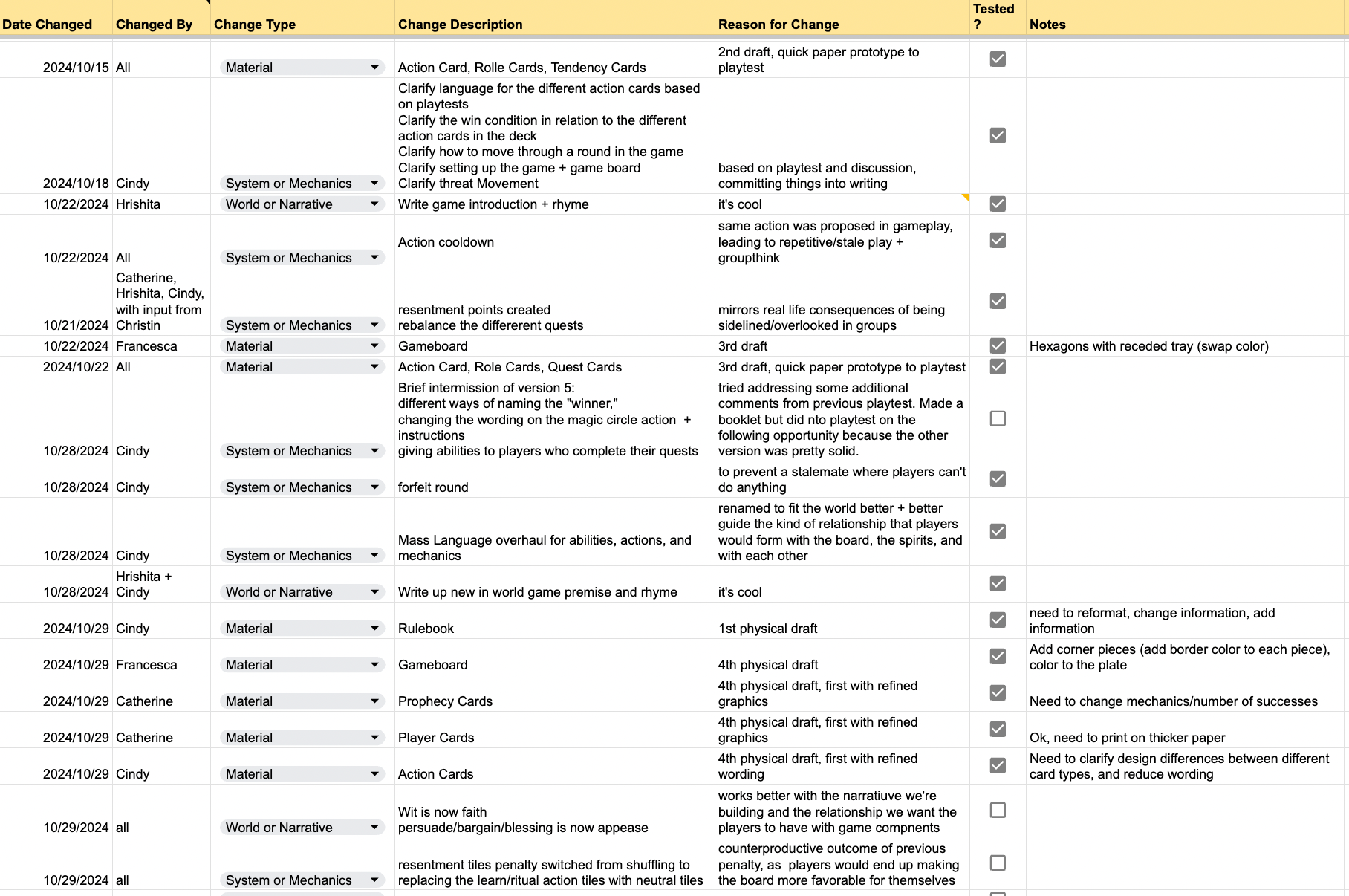
Game change log created with the team to keep track of our progress.
Final Game Playtest and user feedback
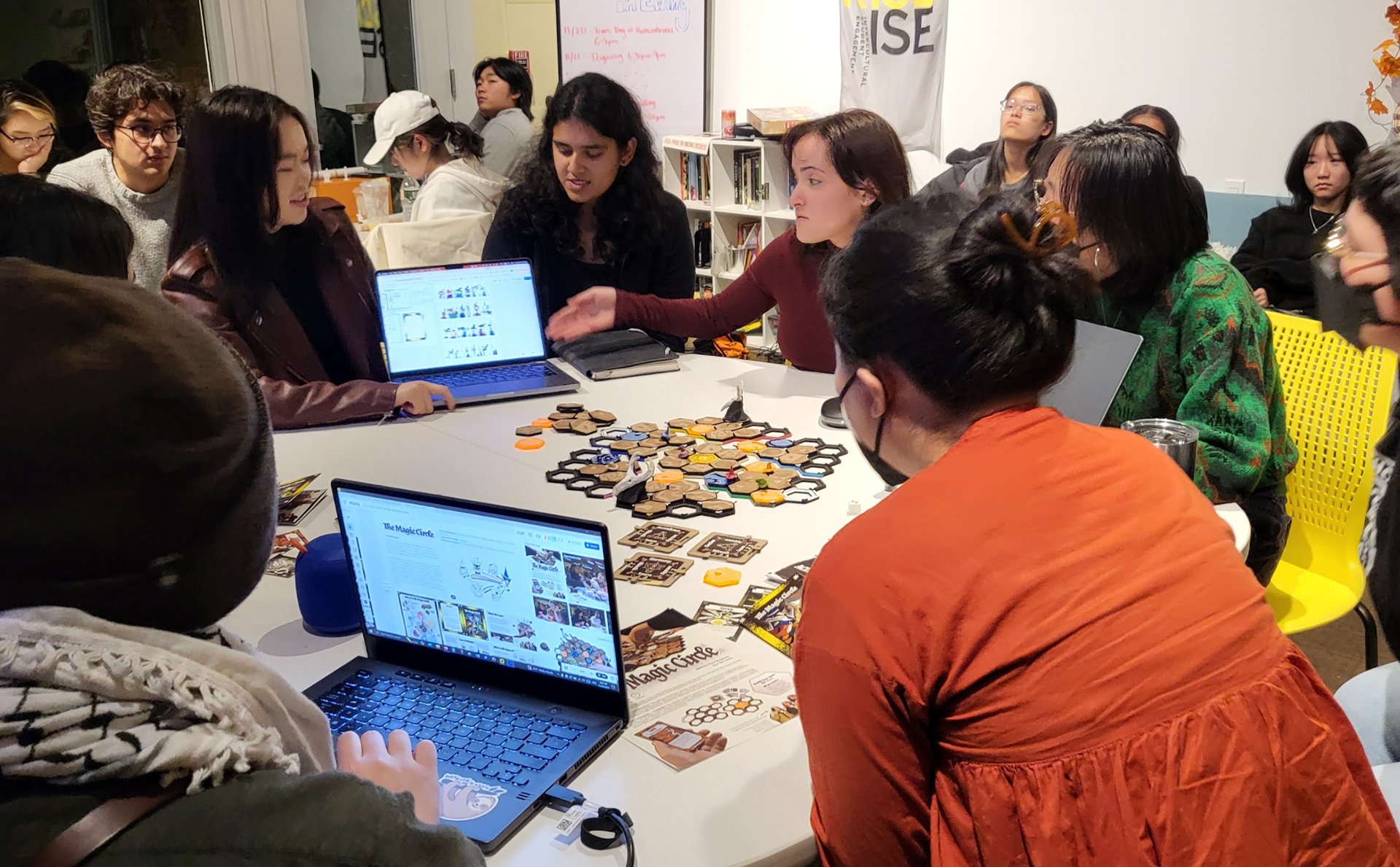
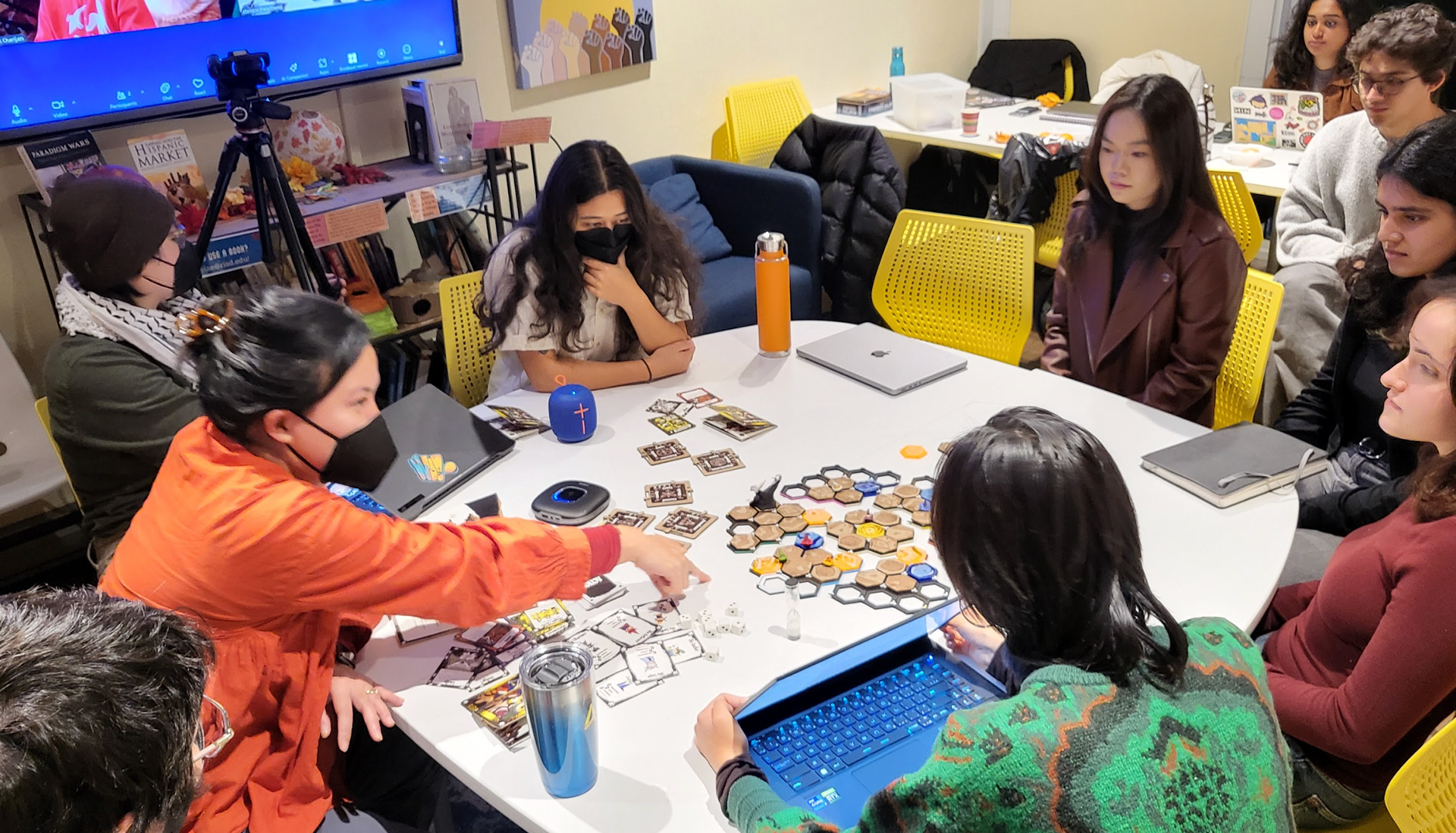
Our Final Game Feedback:
This could be an engaging corporate game, set in an office environment, with players embodying personalities tied to their roles. It would be powerful to encourage role-playing by having participants fully embrace the identities represented by the cards.
A key challenge is finding ways to encourage outspoken players to step back and allow others to take the lead, creating a more balanced dynamic. The game should experiment with this in a collaborative gameplay setting, similar to "Everyone is John," where all players are the same character but compete for control through dice rolls.
The focus is not on leadership as a singular concept but on fostering collaboration. Players should be incentivized to say yes, but leadership should emerge more fluidly rather than being a defining goal. The idea of one individual "winning" feels counterproductive to the collaborative nature of the game.
During playtesting, players gravitated toward using tokens and trackers for voting but preferred to quickly return to the core gameplay. While these mechanics added structure, they weren’t the most engaging aspects. Adding reminders about different leadership conditions could help reinforce that everyone can lead in certain contexts, emphasizing inclusivity and adaptability.
As the game evolves, it’s essential to listen to its natural direction rather than forcing it into a predefined mold. Identifying the most memorable and recognizable moments—those that resonate emotionally with players—will create lasting appeal. A strong motif or system that players can connect with will make the game memorable and keep them coming back.
Version 4 of the Instruction Booklet
This version lacked many graphics and images that connect players to the game more visually, players found it hard to match the instructions with the physical game pieces.
Final Version of the Instruction Booklet
With the final version, much of the wording on the actions you can take and instructions were changed, and individual abilities were given to the players who complete their quests.
Prophecy Cards
Purpose: Individual prophecies that allow for individual players to have quests to follow, working together to win the game.
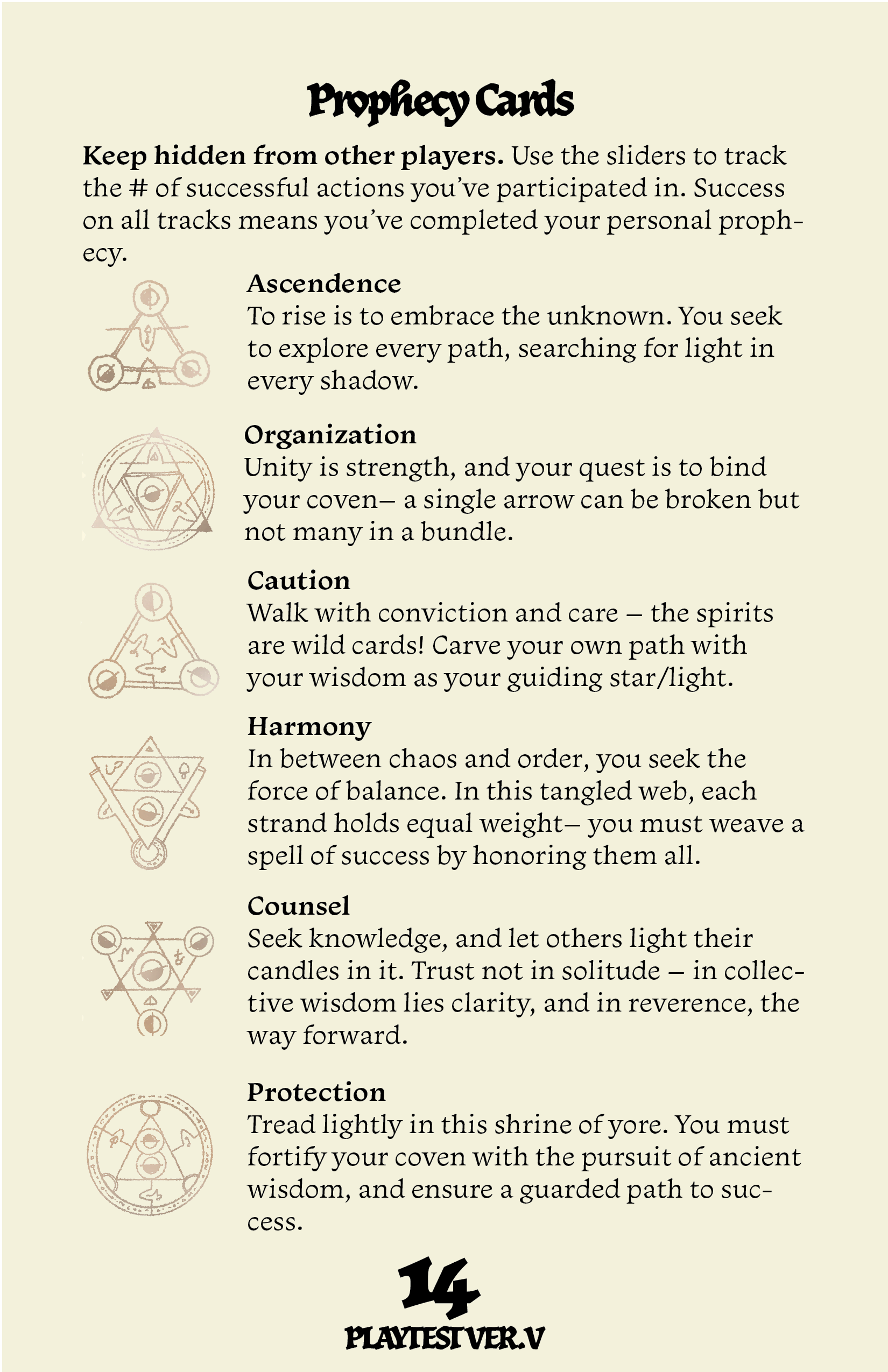
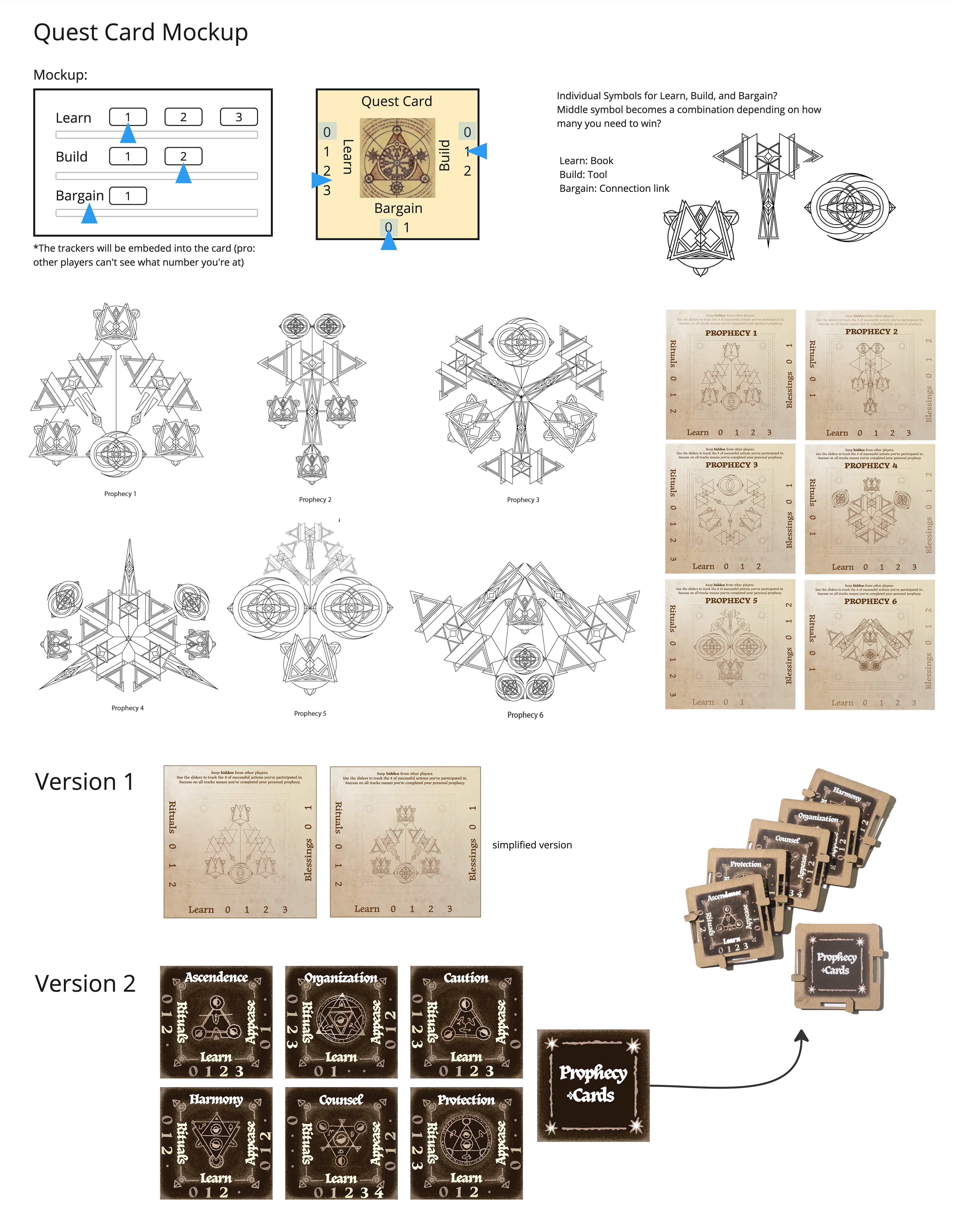
Action Cards
